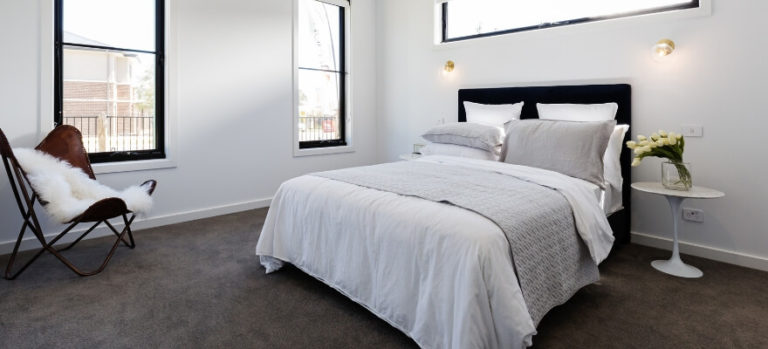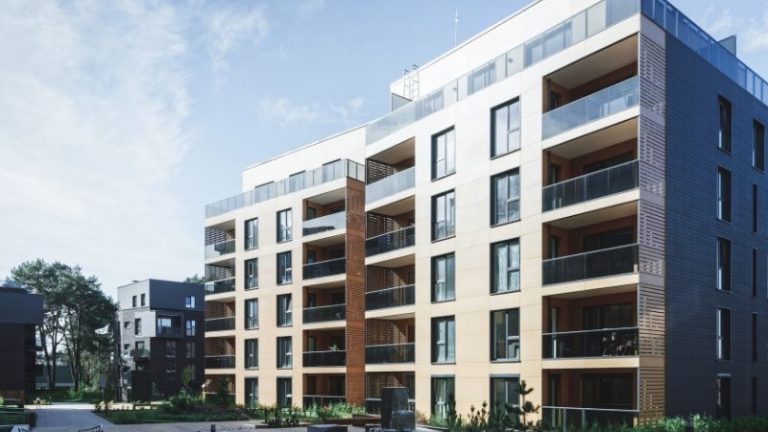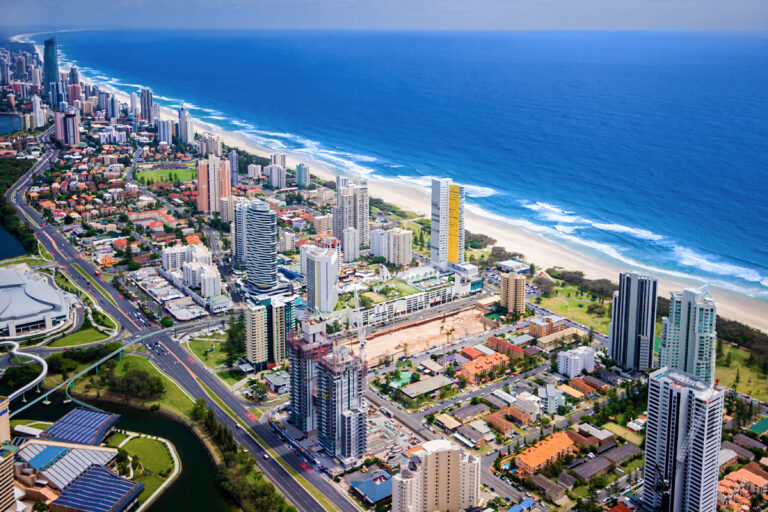Quite simply, your loan-to-value ratio (LVR) is the amount you are borrowing to purchase your property. It is represented as a percentage of the value of the property that is being used as security for your loan. It is important because lenders focus the majority of their decision making on your LVR when assessing your application for a loan. A lower LVR means lower risk to your lender.
How to Calculate Your Loan-to-Value Ratio (LVR)
You can calculate your LVR by dividing the total amount of the loan by the actual purchase price (or valuation) of the property. Then, simply multiply it by 100.
Example: You are wanting to borrow $280,000 and the value of your Australian property that you are using as security is $350,000. Using these figures to calculate your LVR:
$280,000 loan/$350,000 property value x 100 = 80% LVR
Your loan-to-value ratio (LVR) is 80%.
Valuation vs Purchase Price
If your purchase price is different than the valuation, then the lender, as well as the mortgage insurer, will use whichever is the lower figure of the two in order to determine the LVR.
This is common most typically when purchasing off the plan. It can also occur when someone is purchasing a property off of a family member at a discounted price, in what is called a ‘favourable purchase’.
A lender will only ever calculate your LVR based on your valuation amount if your contract of sale to purchase your property was signed more than three months prior to your loan application date.
Example: You buy an off the plan Gold Coast property for $250,000, but when you settle on the unit 12 months later (when the property is completed its build) the valuation is $300,000. Most lenders in this situation will calculate your LVR based off of the valuation.
Refinancing Your Property
If you are wanting to refinance on a property you already own, lenders will request a new to-date valuation of your property and use this figure to calculate your LVR. The outcome of this will determine the amount you are able to borrow.
Example: You borrowed $280,000 to purchase a $350,000 property 5 years ago. Now, you wish to refinance for renovations. Your new valuation comes in at $380,000, which means you have equity that you can use to refinance your property.
Lenders use LVR as a way to manage their risk intake. If you are high risk, most lenders will put a cap on your maximum LVR in order to reduce their risk. As a rule, most lenders won’t accept a loan amount over 80% LVR. As such, it is important that you calculate your finances and ensure you have enough assets or savings to cover the upfront amount require to meet the LVR for the property you wish to purchase.










